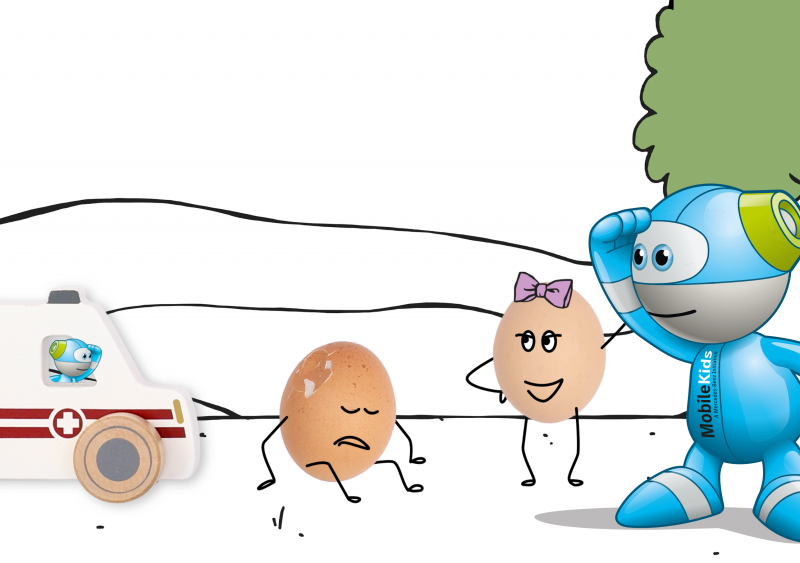If a ball rolls across the path or a large dog passes by, children from around eight years of age can still concentrate well on the road traffic, while preschoolers can be quickly distracted. On familiar routes and with some experience in road traffic, parents may let their offspring walk alone from the third grade onwards. From secondary school onwards, teenagers are no longer so easily distracted, but often smartphones and friends then play a major role as a distraction factor.
Children as young as eight can already concentrate for about 15 minutes without interruption. This is what has been announced by the Düsseldorf School Administration Office in a school psychology publication. The ability to concentrate increases with each school grade level. In young adults, the human maximum is reached. Here, the duration of concentration is a maximum of 90 minutes at a time. "Younger children are not capable of navigating complex situations on their own", affirms educator Josef Weiß of the German Road Safety Association. The young brain is not capable of transferring what it has learned to other situations until the second half of primary school. If another toy rolls out instead of the ball, if a cat comes instead of the dog, the situation is newly and possibly wrongly assessed by younger children. "Even six-year-olds can't do that. If a situation changes, they easily lose the overview", Josef Weiß continues.
After primary school, the duration of concentration increases
Multiple demands, so-called multitasking, is no longer a problem for older children. Children from the third grade onwards, for example, can easily perceive approaching vehicles at the same time when crossing the road and react accordingly. "At this age, children and teenagers already take the perspective of others and see in advance what the intention of other road users is. Younger children should not travel alone on longer, busy roads - that's what we recommend on the part of the Road Safety Association," says the educator.
Once primary school is over, the duration of concentration increases, as does the ability to perceive dangers at an early stage. For good reason, the bicycle test takes place at the end of primary school. From secondary school onwards, it is distractions such as mobile phones, friends or headphones that draw attention to themselves instead of their surroundings.
1. Phone in the pocket
Block distracting smartphone apps or better still leave your phone in your pocket when you are out and about.
2. Remember dangers best
Children remember dangers best by looking at places: this intersection is dangerous, I have to be extra attentive here. This exit is confusing, I have to look carefully here.
3. Practice frequent paths
Frequent paths can be practised well. Anyone who has walked the route more than once has already seen classic dangerous situations and knows the correct way to react to them. Do not overestimate: even level-headed children like to be distracted by interesting things. Rather accompany them once more or keep practising.
4. No music
Do not listen to music while walking, this also applies to adults.
5. Awareness
Make children aware of typical distractions: even if your friend is waving from across the other side of the road, you still need to look left, right and left before you go. Or: let a large dog pass on a wide part of the pavement rather than swerving onto the road.







